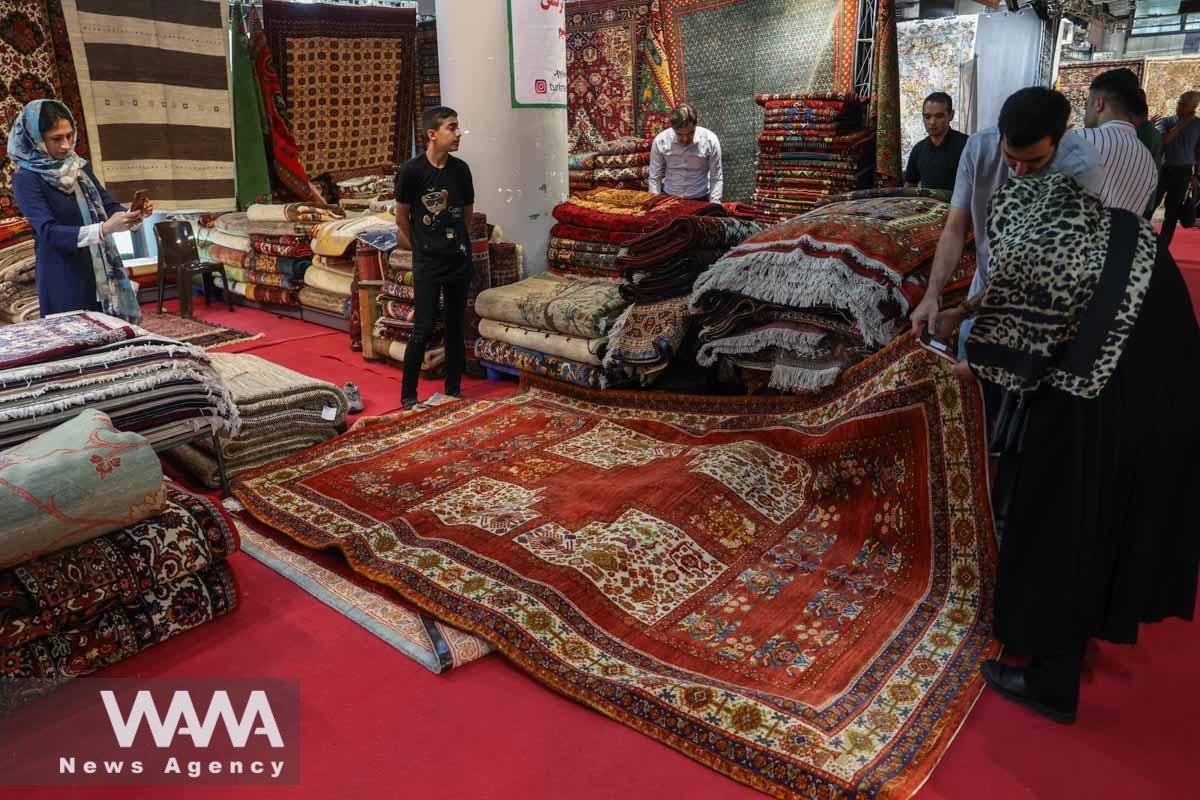Iran’s Handwoven Carpet Exports Hit $41.7M in 2024
WANA (Apr 20) – Iran exported $41.7 million worth of handwoven carpets and Gabbeh rugs in the Iranian calendar year 1403 (March 2024 – March 2025), according to the Deputy Head of the Customs Statistics and Data Processing Office at the Islamic Republic of Iran Customs Administration. This figure marks a 3% increase in export value compared to the same period the previous year.
What Are Persian Carpets and Gabbehs?
Persian carpets are renowned around the world for their intricate designs, rich colors, and centuries-old weaving techniques passed down through generations. These handwoven pieces are more than decorative items—they are expressions of Iranian art, culture, and identity.
Gabbeh rugs, a type of traditional tribal carpet mostly woven by nomadic groups in southwestern Iran, are known for their thick texture, bold colors, and minimalist, often symbolic patterns.
Unlike the highly detailed urban Persian carpets, Gabbehs reflect a more spontaneous and personal approach to weaving, often telling stories or reflecting the weaver’s daily life.

Iranians visit the 30th Handmade Carpet Exhibition in Tehran, Iran, August 26, 2023. Majid Asgaripour/WANA (West Asia News Agency)
Top Export Destinations
Germany, the United Arab Emirates, Japan, and China were the main importers of Iranian handwoven carpets and Gabbeh rugs in 2024. These four countries alone accounted for $22.6 million of the total exports in this category.
Global Reach
According to customs officials, Iranian carpets and Gabbehs were exported to 55 countries in total last year, reaffirming their enduring appeal and the global recognition of Iran’s cultural craftsmanship.
Iranian handwoven carpets are not only a source of national pride but also a vital cultural export that continues to connect Iran with art collectors, interior designers, and heritage enthusiasts across the world.












